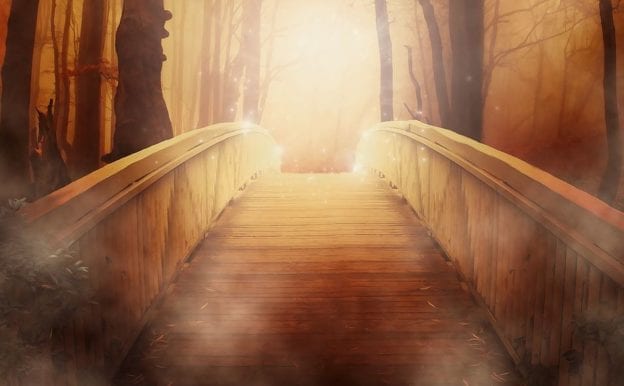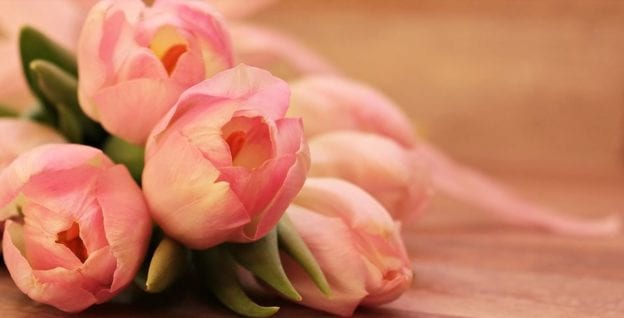You will go through certain funeral rituals at Adelphi, MD funeral homes when you’re planning a funeral service. While American funeral rituals may be familiar to most of us, to some degree or another, we don’t often think about or know what kind of death and funeral rituals are done internationally.
Since the 21st century has brought more globalization into society, Americans often find themselves with the opportunity to travel for pleasure or business all over the world. Being knowledgeable about the cultures of the places we’re visiting is an essential part of traveling, and death and funeral rituals are part of that culture.
For Jewish funerals, the body must be buried within 24 hours. Males wear white shirts, which they tear as a sign of grief, and they place black ribbons on their jackets. Coffins are always biodegradable and closed. Once the coffin is in the grave and prayers have been said, the mourners take turns shoveling the dirt on to cover the grave.
In Sweden, mourners wait as long as possible before they bury their dead (legally, the body has to be buried within a month). The psychological reasons behind the Swedes’ delay of burial is debated, but some people speculate that it is an intrinsic fear of death that keeps Swedes from burying their loved ones as long as possible.
In the Far East, it is common for professional mourners to be hired to help increase the grieving of those who are actually mourning the deceased. These professional mourners sob loudly at will to denote the popularity of the deceased person and to remind everyone how much they will be missed. Not only can professional mourners grieve convincingly, but after a quick biography of the deceased’s life, they can present themselves as if they had known the person their entire lives.
For Koreans who cremate their loved ones, urns have been mostly replaced with urn jewelry. The cremains are cleaned and transformed into crystals, which are then turned into colorful beads. However, Koreans do not wear these. Instead, they display them in a glass container.
In Madagascar, the people of Malagasy exhume the bodies of their loved ones every seven years, wrap them in cloth, and then dance with the corpses. Since the smell is not so pleasant, they spray the cloth with wine. While they’re dancing with the corpses, they tells stories of about their loved ones and their families.
A common trend in Ghana is for deceased people to be buried in a container that represents their lives. Coffins can be shaped like boats for fisherpeople, airplanes for pilots, and even Mercedes for successful corporate executives.
A death ritual for the Tinguian people in the Philippines is to dress their deceased loved ones in their best clothes, seat them on a chair, and place a lit cigarette between their lipes.
For the people of Sagada in the Philippines, their funeral ritual is to hang the coffins of the dead on the highest places they can find on the mountains. The reasoning behind this is that the closer a coffin is to the sky, the closer the dearly departed is to heaven.
If you’d to know more about international funeral rituals from Adelphi, MD funeral homes, you can speak with our knowledgeable team at Donald V. Borgwardt Funeral Home, P.A. You can come to our funeral home at 4400 Powder Mill Rd., Beltsville, MD, 20705, or you can contact us today at (301) 937-1707.





